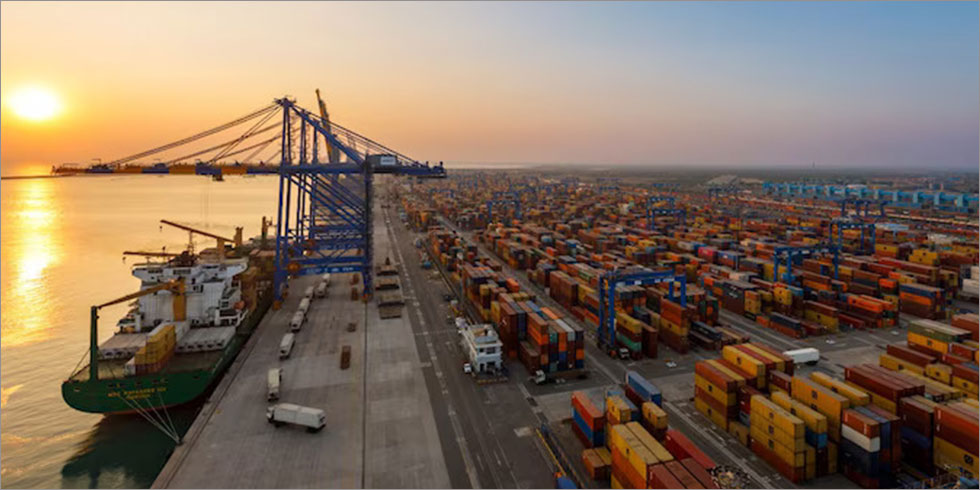India aims to attract $25bn of investment in natural gas and crude oil in the next few years with the help of sweeping reforms to its exploration and production rules announced last week.
Dharmendra Pradhan, minister of state for petroleum and natural gas, said the new hydrocarbon exploration and licensing policy (Help) and a liberalised gas price regime would help reduce India’s heavy dependence on imported energy over the next 10-15 years.
Basing his calculations on a crude oil price of $45 a barrel, he said the principal aim was to increase domestic gas production at a time of rising demand and falling output. “Forty billion dollars of hydrocarbons will be unlocked for production through this policy reform,” he said in an interview. “To realise this amount we are expecting investment of more than $25bn in the next two to three years.”
The government had previously said it expected to monetise unexploited gas reserves of around 6.75tn cubic feet, worth more than $28bn, from existing and future discoveries.
Businesses and industry analysts welcomed the changes, although some were sceptical given the recent collapse of the oil price and a reluctance to expend capital on high-cost projects.
“In the current context it’s not going to excite people,” said Arvind Mahajan, head of energy and infrastructure at KPMG in India, arguing that such a move a couple of years ago would have had more impact. “The market environment to invest in oil and gas is not good.”
Mr Pradhan acknowledged that India had been slow to make exploration attractive in the country, but expressed confidence that the reforms would fulfil Prime Minister Narendra Modi’s declared aim of reducing the country’s dependence on imported oil by 10 per cent by 2022. India imports almost three-quarters of its oil.
“Some of the decisions we are taking today for the interests of India and its citizens should have been taken 10, 20 years back,” he said. “When Prime Minister Modi took charge there was a trust deficit in the industry between the government and stakeholders . . . We have to go for international business models.”
The new policy announced by the cabinet includes a uniform licence for new exploration and production of all hydrocarbons and “marketing and pricing freedom”, although there will be a ceiling for the gas price based on the landed price of alternative fuels.
Big oil companies have largely shunned India’s unfavourable investment climate for the industry. BP, whose $7.2bn investment in a Reliance Industries offshore gas block has been hit by production problems and a pricing dispute, welcomed the latest reforms as a “step change”.
Indian officials, however, have suggested Reliance will need to end that arbitration over pricing to benefit from the new system, while Mr Pradhan said the policy’s aim was to encourage the development of unexploited gas and oil reserves.
Standard & Poor’s said the new policies were “credit positive” for Reliance and for state-owned Oil and Natural Gas Corp but “meaningful cash flows are a few years away”. ICRA, another rating agency, said the reforms could help India’s gas production increase materially in the next five to eight years, while the benefits for oil output would be moderate.
“India is moving gradually towards a gas-based economy,” said Mr Pradhan, noting India was the world’s third-largest energy consumer with low per capita usage but one of the highest annual rates of consumption growth. India’s domestic gas production fell 17 per cent in the two financial years to the end of March 2015.
India targets $40bn of untapped oil and gas








Add Comment